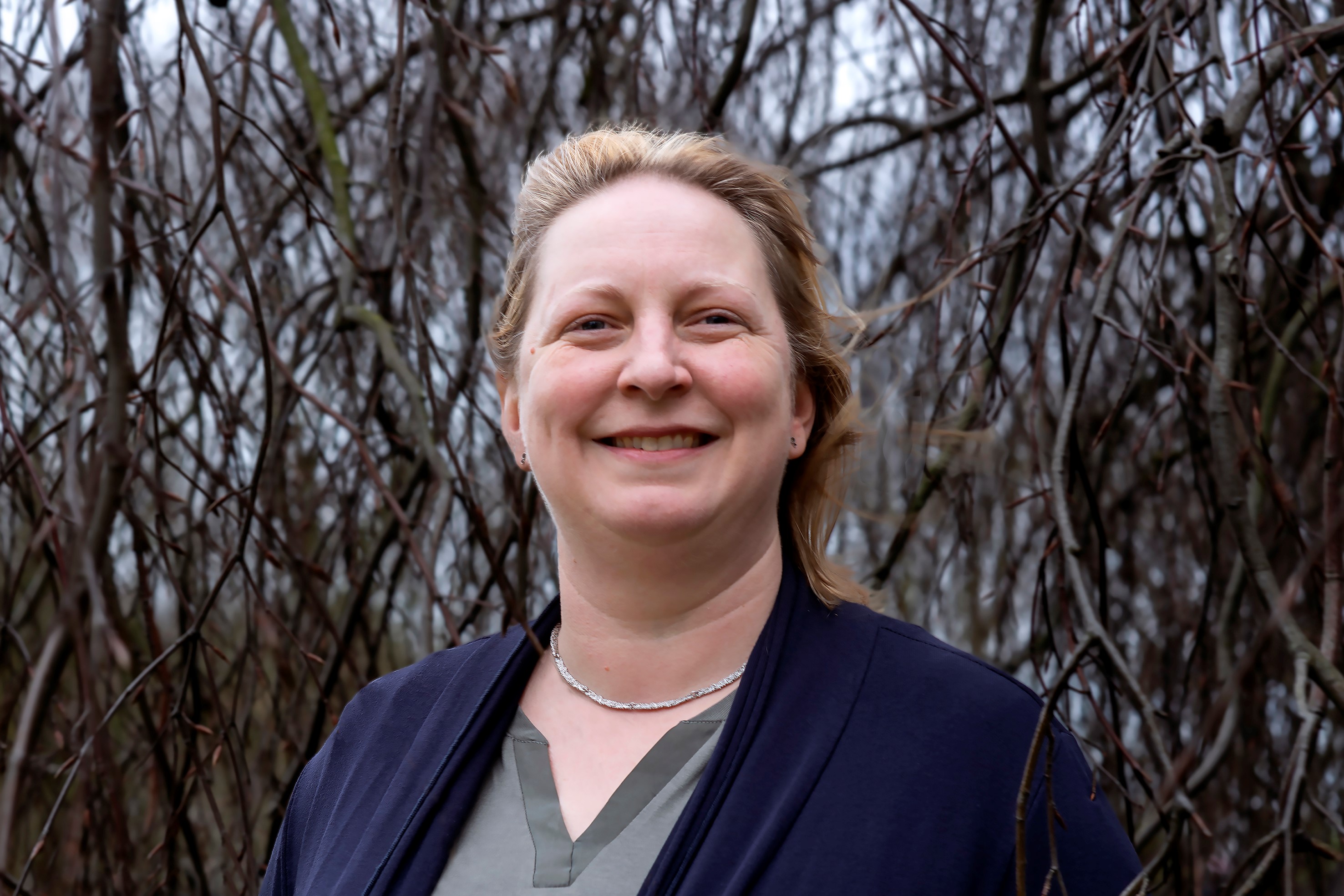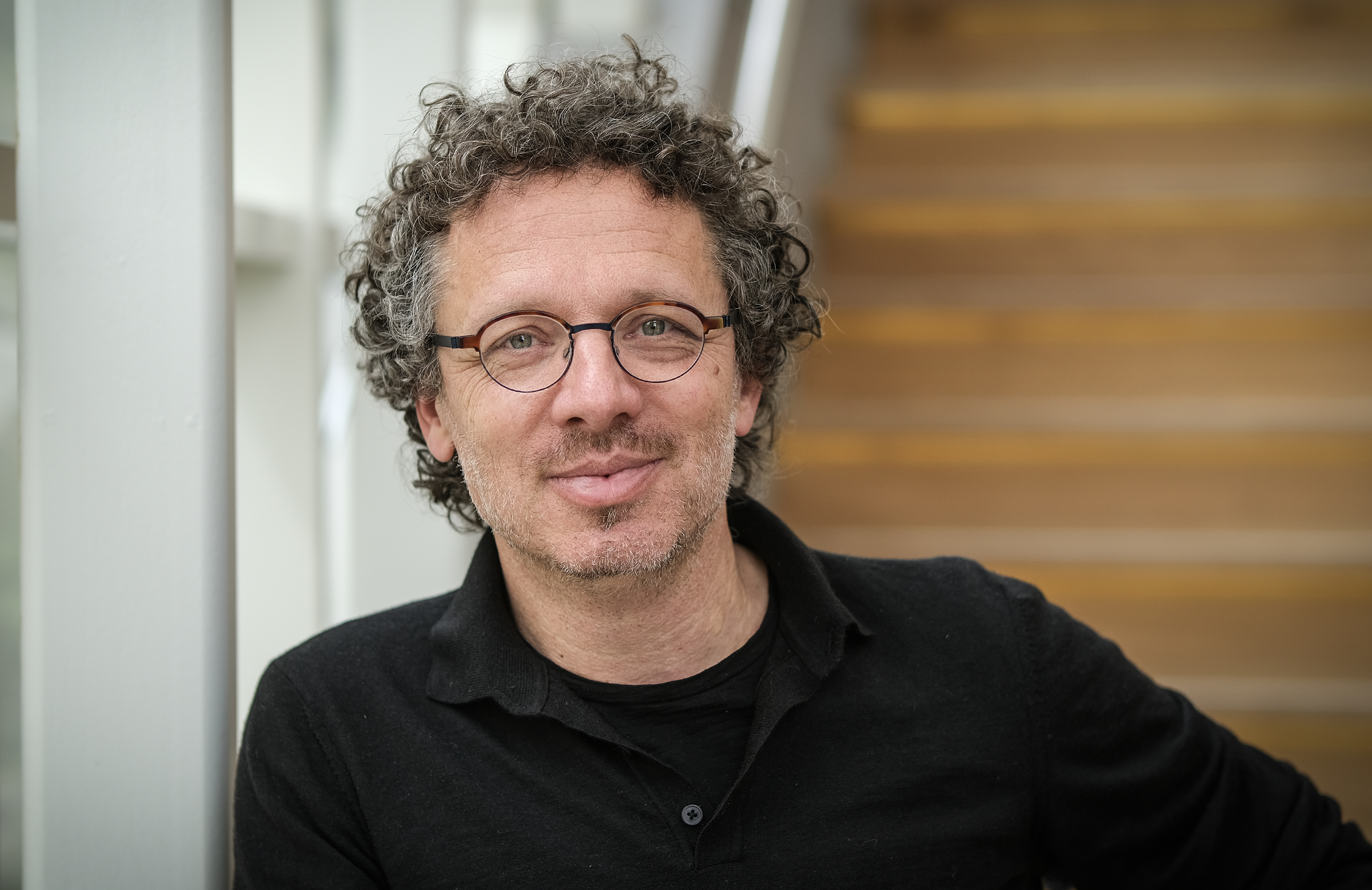“It is important for care workers to keep asking questions, despite the pressures of the day-to-day work”
Bringing scientific research and healthcare practice together. This is exactly what the Limburg Living Lab in Ageing and Long-Term Care has been doing for 25 years. The Living Lab builds bridges between practice in care for older people and scientific research. This approach is called citizen science, which basically means involving citizens in research. And it is rapidly gaining ground. How can you manage this successfully? What makes it a useful approach? What are the obstacles? We discuss all of these questions with Prof. Hilde Verbeek, vice-chair of the Living Lab.
Citizen science
Citizen science (burgerwetenschap) means that, as a researcher, you give citizens an active role in the research. The aim is to better connect knowledge to questions or ideas emerging from society. At the same time, this approach helps citizens discover how science works and allows them to take action to help improve the science or propose new research topics.
One organisation that has kept this link between healthcare practice and scientific research at its heart since its inception is the Limburg Living Lab in Ageing and Long-Term Care, Limburg (AWO-L). How does this organisation implement citizen science? Hilde Verbeek is well placed to explain. In addition to being Professor of Long-Term Care Environments at Maastricht University, she is also vice-chair at the Living Lab. “For us, citizen science means that we involve older people, their family members and healthcare workers from long-term care facilities in every aspect of the research. They are involved in coming up with questions, collecting data, and also analysing and interpreting it.”
We involve older people, their family members and care workers in every aspect of the research—from coming up with questions to interpreting the data.
- Hilde Verbeek
Bringing research and practice together
The AWO-L is a formal partnership between Maastricht University, Zuyd University of Applied Sciences, two vocational training institutes and nine long-term care organisations. The Living Lab serves more than 180 care facilities in the Limburg province. Verbeek has now been working at the Living Lab in Ageing and Long-Term Care, Limburg for 17 years. "What appeals to me is that, in addition to doing research, you can also hear real stories about what older people, their relatives and healthcare professionals are actually struggling with. Concrete questions and ideas for research often arise in healthcare practice. We offer space to put these forward and study them. Simultaneously, we are able to translate our insights directly into everyday healthcare practice.”
Implementing citizen science for 25 years
This year marks the 25th anniversary of the Living Lab. In October 1998, it started as a collaboration between Maastricht University and one nursing home. At the time, there was a single linking pin in the form of a PhD graduate who was engaged with the nursing home one day a week. That was Prof. Jan Hamers, who was an assistant professor back then and is now the chair of the Living Lab.
Verbeek explains how they now operate on a much larger scale. "We implement citizen science in all forms. We still work with linking pins. But there is also an advisory board with older members and a fixed group of older people and care workers who collaborate on every project. In addition, older people sometimes work alongside us as co-researchers, and help with data collection or share their thoughts on important questions.”

Hilde Verbeek
Prof. Dr. Hilde Verbeek is Professor of Long-Term Care Environments (within CAPHRI, at the Faculty of Health, Medicine and Life Sciences), a chair made possible in part by MeanderGroep. She is also vice-chair of the Living Lab in Ageing and Long-Term Care, Limburg, which is a formal, interdisciplinary partnership of UM with nine long-term care organisations, Zuyd University of Applied Sciences and two vocational training institutes. She is also a member of The Young Academy and the KNAW Council for Medical Sciences.

A change at breakfast time
One example of citizen science can be seen in research that Verbeek conducted on breakfast time at a nursing home. "A home-like atmosphere is an important theme in care for older people. From a scientific perspective, we asked ourselves, 'What is a home-like atmosphere anyway?' What does it mean to live somewhere? Self-reliance also plays a role in this. From this, another question arose: 'How can we improve the functioning of older people by allowing them to be more independent?' The ward attempted this by changing the way breakfast was served. For instance, older people could now serve themselves and also go to their table by themselves."
Verbeek continues: "We measured the effect of this change by making videos during breakfast time before and after the changes. The care workers noticed a difference. The workers are happy as they can now have relaxed conversations with residents. Conversely, it promotes independence in older people. They get to choose different drinks or food, for instance, which can prompt a conversation. This way, we encourage social interactions.”
Rethinking without the daily burdens
Verbeek explains that staff at healthcare organisations sometimes find it stressful or difficult to change things. "By involving them in research, we give the care workers more control. They see the possibility that things can be done differently. That is why we recently had staff speak at a symposium about the changes at breakfast time. Other care workers in the room were convinced that this type of change would not be possible for them. It was nice to see that the staff from our care facility proudly said that it does not cost them any extra time or personnel."
According to Verbeek, the advantage of citizen science for care practice is that, as a researcher, you can think about an organisation without the daily burdens of healthcare work. "With the pressures of the day-to-day work, you sometimes get stuck in certain patterns—especially in healthcare, where there is already a staffing shortage. Things are just the way they are. They cannot change. Or you already tried some changes and they didn't work. In scientific research, we start by asking questions. Is that really the case? Then who should do it? That is how we get people to think.”
The hurdles in implementing citizen science
A citizen science approach is not without obstacles, Verbeek admits. "It demands a lot from all parties involved. As a researcher, you have to have an open mind. You tend to follow scientific methodologies, but the older people or healthcare workers also have their questions. It also requires patience from the workers and the organisations. Doing scientific research properly takes time, while quite often the healthcare workers would like to have a question answered yesterday."
Verbeek emphasises that communication and trust are especially important. "You have to be able to mutually trust that the other has the best intentions and express those intentions to each other. Try to understand each other and keep the communication lines open, for example, by always discussing the results. This is why we take the time to come together, even if everyone is extremely busy. That forces you to reflect on things together, outside the pressures of the day-to-day work. Why do we do things the way we do them in the first place? That question is where it all starts.”
Citizen science calls for a long-term commitment. You have to get to know each other, build trust and learn to speak the same language.
- Hilde Verbeek

Scientific research encourages healthcare workers to keep asking questions. Is that really the case? Then who should do it?
- Hilde Verbeek
The Living Lab’s symposium on 9 June 2023
In honour of its 25th anniversary, the Living Lab organised a symposium at the MECC in Maastricht on Friday, 9 June 2023. Speakers, led by the day’s chairperson, Paul de Leeuw, shared how the Living Lab is making a difference in senior care.
Text: Romy Veul
Photography: Paul van der Veer
Also read
-
A study conducted by the Easo led by Prof. Gijs Goossens of Maastricht UMC+ and Dr. Luca Busetto published today in Nature Medicine.
-
"I am proud that our new Circular Plastics group published its first completely in-house research," Kim Ragaert says. She founded the research group three years ago, when she moved to Maastricht. Her work has laid the foundations for many innovations in the field of plastic recycling, and she is...
-
Drawing blood, inserting an IV, or looking into the ear; even seemingly simple medical procedures can cause anxiety, pain, and stress in children. According to pediatric intensivist Piet Leroy, comfort and trust are just as important as the medical treatment itself. Therefore, he is researching how...


